With the Mesoamerican Reef offshore, white beaches stretching for miles and a jungle and wetland reserve on your doorstep, Grand Residences is in the perfect spot for reconnecting with nature in the Puerto Morelos area. The Ruta de los Cenotes is home to deer, spider monkeys and a wealth of bird species and as you enjoy a refreshing dip in a limestone sinkhole, explore jungle trails or fly through the trees on a zip line, you’ll see iridescent blue morph butterflies, orchids and much more.
Beach Walks
Start your day in paradise with a stroll along the beach at dawn. Watch pelicans, gulls and terns diving into the sea in search of fish and frigate birds on high ready to swoop down and steal their catch. Busy along the shoreline foraging for food are smaller birds such as turnstones, sandpipers and plovers known collectively in Spanish as playeritos. And as it is still turtle season, you may see the tiny tracks of baby turtles in the sand heading towards the waves.
Puerto Morelos Reef
Dive right in and marvel at the reef that you can see just offshore. Part of the Mesoamerican Reef, the world’s second longest, Puerto Morelos Reef is rich in marine life, ranging from colorful fish dwelling in the coral gardens to sea turtles and eagle rays.
Puerto Morelos Botanical Garden
Did you know that Puerto Morelos’ Yaaxche-Alfredo Barrera Marin Botanical Garden is the second largest botanical garden in Mexico? Not only that, in addition to showcasing the trees and plants native to the Yucatán Peninsula, it is a nature reserve protecting 65 hectares of jungle and marshland rich in wildlife.
Although the entrance to the botanical garden is next to busy Highway 307, birdsong and the sigh of the breeze in the trees soon replace the distant hum of traffic. As you walk along paths through the forest you may spot orange and yellow orioles, great kiskadees, green jays and woodpeckers. The park is also home to families of spider monkeys, grey fox, coatimundis or tejon and the shy agouti, a rodent the size of a terrier.
Follow the trail to the herb garden where you’ll see familiar plants such as basil, rue, chamomile and spearmint growing with native species traditionally used by the Maya as remedies for ailments ranging from the common cold or fever to stomach bugs and arthritis.
In a jungle clearing there is a rustic exhibition about chicle, the original natural ingredient for chewing gum that is actually the milky white sap or resin from the chicozapote, a native forest tree found throughout southeast Mexico. You can identify chicozapote trees in the park and along jungle trails on the Ruta de los Cenotes by the crisscross scars on their bark, a sign that they were once tapped by chicleros, bands of chicle harvesters.
The Botanical Garden is open from 8 a.m. to 4 p.m., Monday to Friday and from 8 a.m. to 2 p.m. on Saturday. Take eco-friendly bug spray with you.
Exploring the Ruta de Los Cenotes
The jungle bordering the Ruta de los Cenotes is even richer in wildlife and opportunities for adventure. Take the road to the west of Highway 307 to the village of Central Vallarta and the small town of Leona Vicario. Along the route you’ll see many wooden signs marking the turn off for cenotes deep in the forest. Formed over millions of years by the erosion of the limestone, these natural wells or sinkholes have crystal-clear waters that look turquoise or emerald, depending on the light, stalactites and stalagmites. Some are open and others are hidden in caves. They include Cenote Las Mojarras, Zapote, Siete Bocas, Boca de Puma, La Noria, Kin-Ha and Verde Lucero and many of them have zip lines and nature trails in the vicinity of the cenote.
The Xenotes Oasis Maya trip offered by Experiencias Xcaret gives you the chance to explore four very different cenotes in one day and includes swimming, snorkeling, zip lining and time for kayaking.
For a day of jungle adventures, Selvatica Park also fits the bill. Fly through the jungle canopy on a series of thrilling zip line circuits, then swim in a cenote. ATV jungle tours are also available.
Bird watching
If you are interested in wildlife, how about an early morning Puerto Morelos birding trip? Accompanied by a knowledgeable local guide you’ll walk along jungle trails alive with the sounds of birdsong. Woodpeckers, hawks, flocks of parrots and Yucatan jays, trogons and keel-billed toucans make an appearance. You’ll hear the distinctive call of the pygmy owl and the raucous rattle-like sound of the chachalaca, a bird the size of a large hen.
Look out for the flashes of color that are the tanagers, orioles, hummingbirds and the Yucatán’s own bird of paradise, the turquoise-browed motmot, which nests in the walls of cenotes.
The forest is also home to spider monkeys, brocket and white tail deer, peccary, margay, ocelot, puma and the elusive jaguar that park wardens occasionally see at night drinking water from cenotes.
Ask your Concierge to help you arrange nature tours and jungle adventures in the Puerto Morelos area.




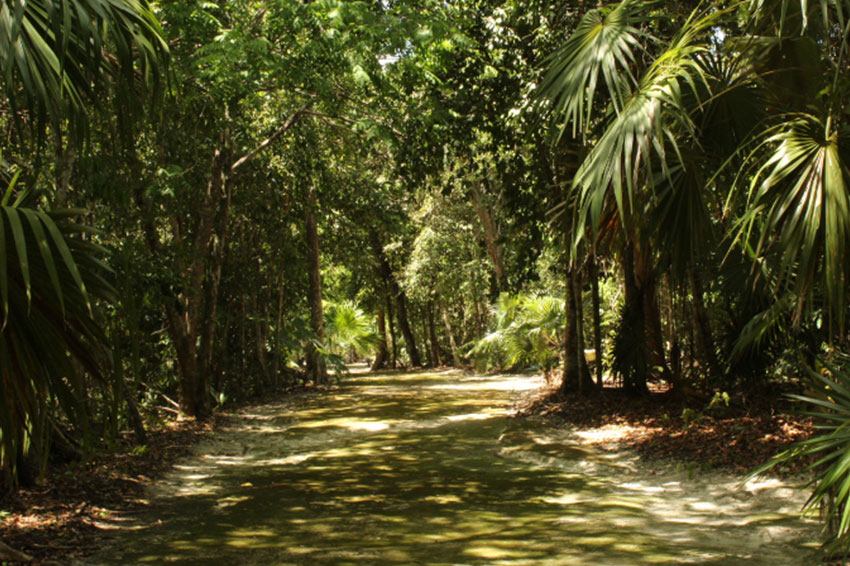
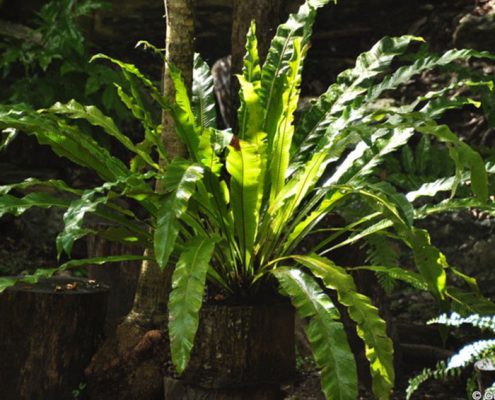
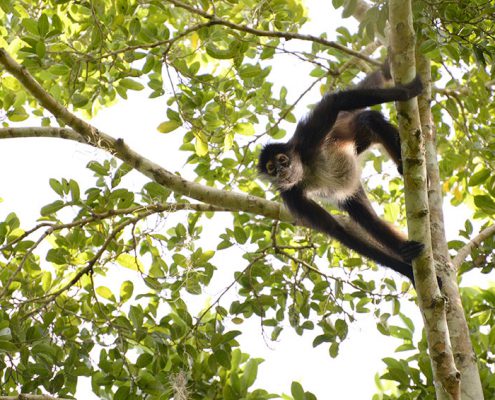
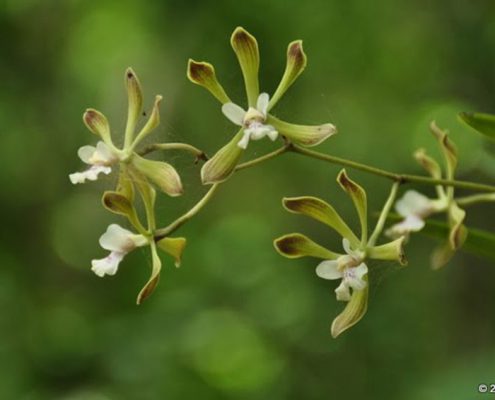

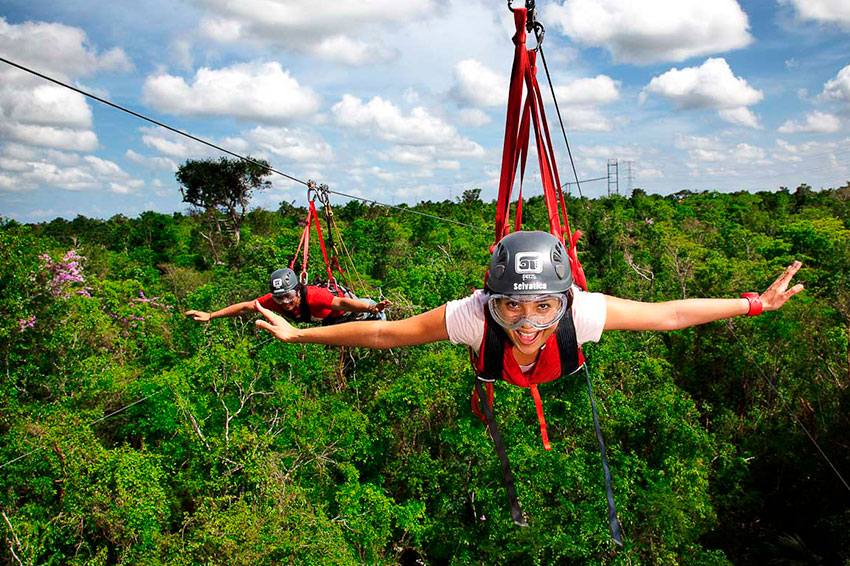
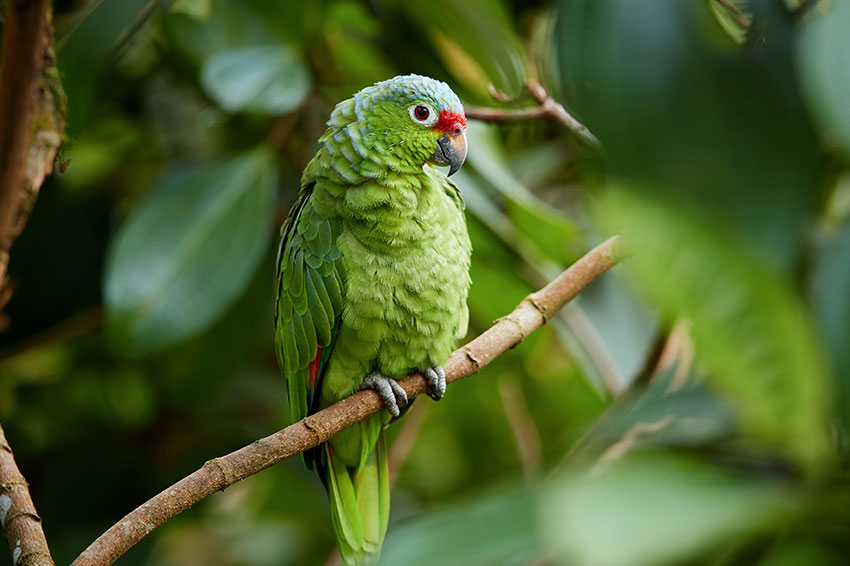



Leave a Reply
Want to join the discussion?Feel free to contribute!